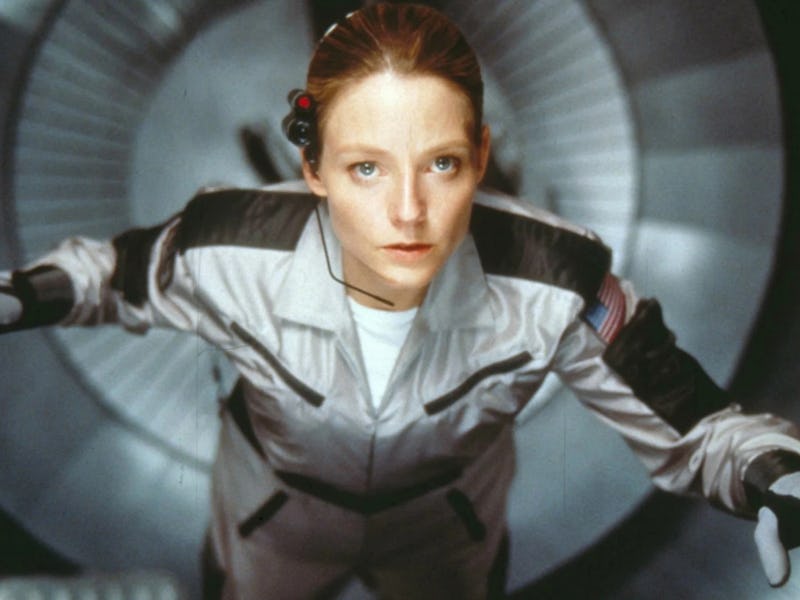Before Arrival, Robert Zemeckis Made Our Most Philosophical Alien Blockbuster
"Poetry! They should have sent a poet."

When Robert Zemeckis was hired to direct Contact, he was at the height of his career. The filmmaker had recently won several Oscars for his feel-good 1994 hit Forrest Gump, and had earned the goodwill and Hollywood funding from making several classics (including Back to the Future and Who Framed Roger Rabbit) to get a chance at his big blank-check movie. The result was Contact, one of the most ambitious and sprawling alien blockbusters ever.
Released in 1997, the miracle of Contact is multifaceted. It began as a dream from scientist Carl Sagan, who conceived of the project as a screenplay first before turning it into a novel in 1985. The film had a long and troubled road to production, with Mad Max director George Miller originally set to helm the film before Zemeckis was brought on board. Looking at Contact now, after the steep decline of Zemeckis’ career, he may have seemed like the most basic choice — the journeyman director, the layman brought in to make palatable an overly ambitious and grandiose project that dared to imagine alien contact as more than just an invasion. But Zemeckis was the perfect person to shepherd a movie at the intersection of cerebral and commercial sci-fi.
Contact is a decades-spanning saga following Dr. Eleanor "Ellie" Ann Arroway (Jodie Foster), a SETI scientist who has long harbored a fascination with the idea of extraterrestrial life, stemming from her childhood learning amateur radio with her dad. Eleanor is fighting a losing battle: each of her programs gets shut down due to federal disinterest in her vocation. However, just as her latest effort is about to get shuttered, Ellie discovers a signal from the nearby star Vega, which kicks off an international frenzy. Elli finds herself at the center of a race to make contact with these mysterious aliens as U.S. officials, religious philosophers, and secretive billionaires all attempt to influence her for their own means.
The most interesting thing about Contact is how much it’s crafted like a typical ‘90s blockbuster, but shaped like an arthouse Soviet sci-fi film. It’s a fascinating dichotomy that Contact embraces, rather than trying to streamline its stranger elements. The key is Zemeckis, who seems to realize he is not quite equipped to fully unpack Contact’s ideas about religion, science, and the cosmos, and instead focuses his efforts on what he’s familiar with: moments of filmmaking wizardry like the movie’s famous mirror scene, and other technical tricks, like the many newscast scenes in which he pastes the movie’s characters alongside then-President Bill Clinton (repeating what he had just done with Forrest Gump). It’s not that Contact doesn’t have big ideas, it’s that Zemeckis wisely lets them speak for themselves.
The decades-spanning Contact feels like the kind of movie that wouldn’t be made today.
It’s the scene when Ellie, chosen as the representative to travel in the mysterious Machine to meet the aliens, witnesses a celestial event so awesome and magnificent that all she can do is cry out, “Poetry! They should have sent a poet,” that Contact clicks into place. Like Ellie, Zemeckis is not the poet who could put into words everything Contact has to say. He is, in fact, the layman who can only do his best to translate these grand ideas for a wider audience. That’s the reason Contact works.
Watching Contact today, it truly feels like the predecessor to the cerebral sci-fi movie that has become the arthouse world darling. But while Arrival or Annihilation can perhaps more artfully articulate those big ideas about science and religion and faith, Contact is the last to do so in a way that felt earnestly accessible.